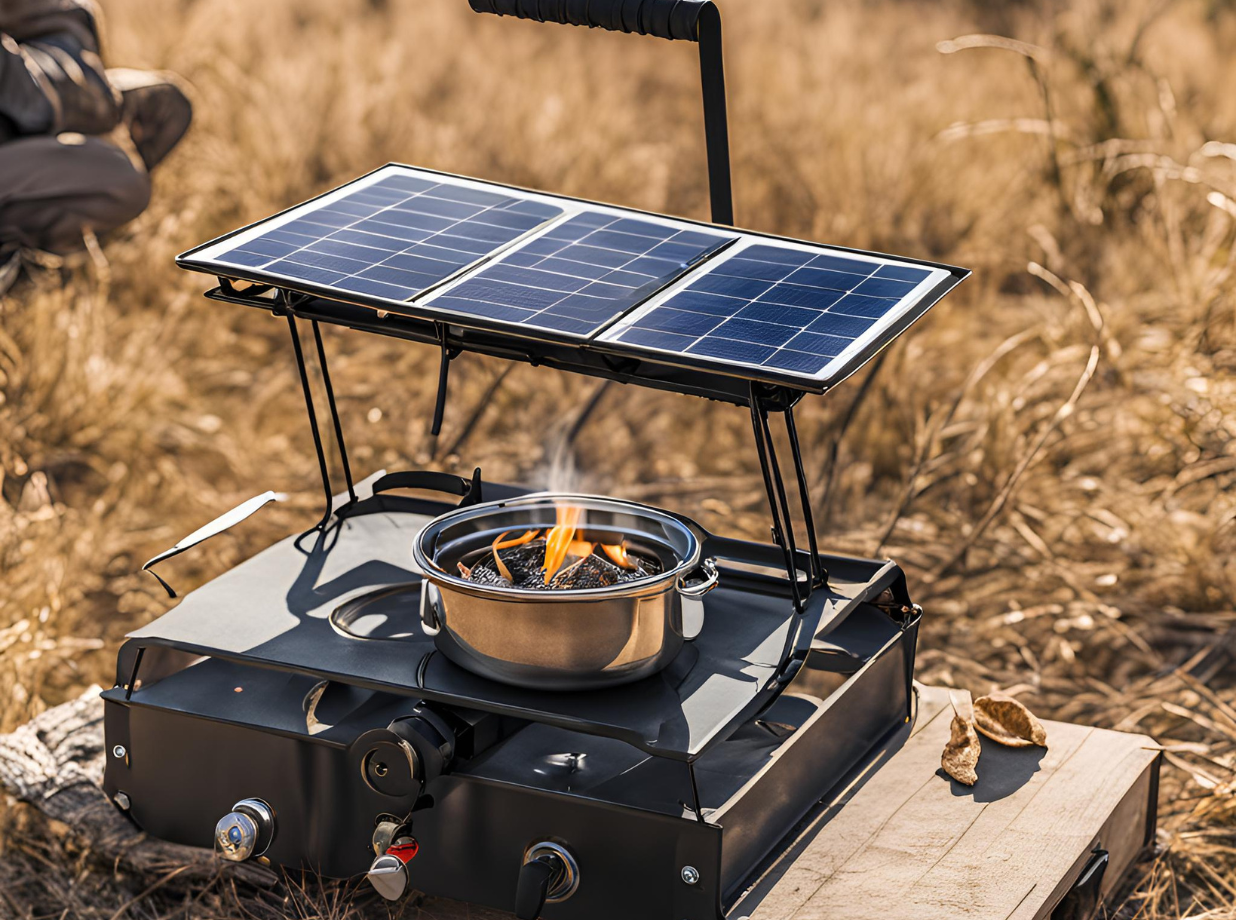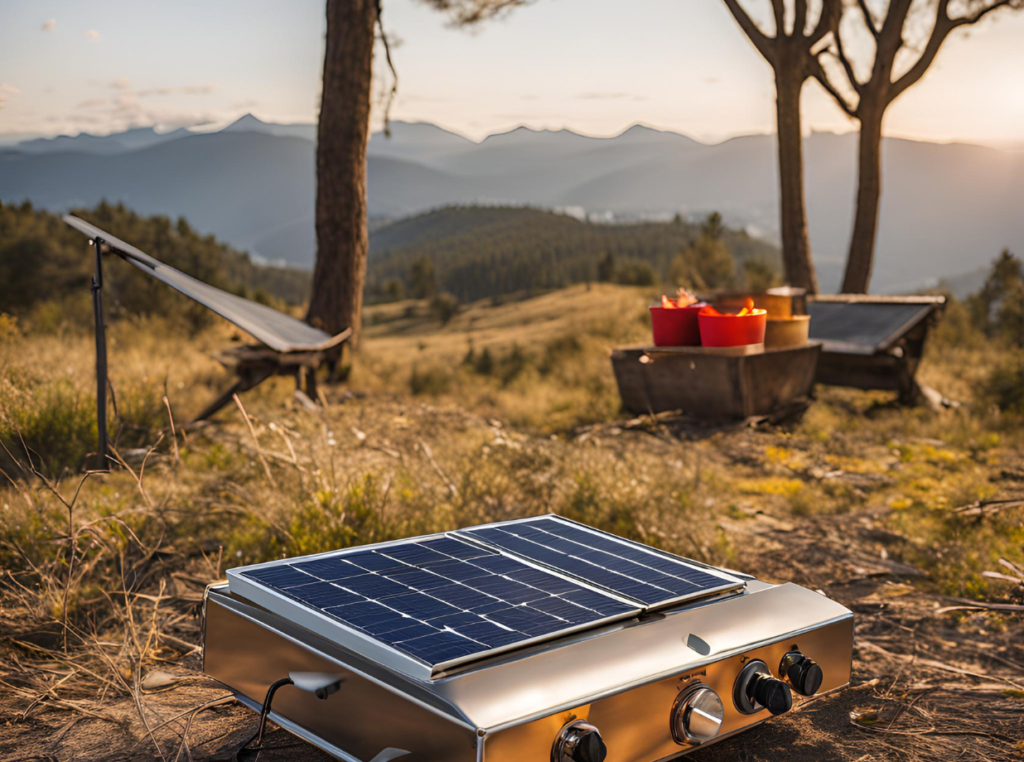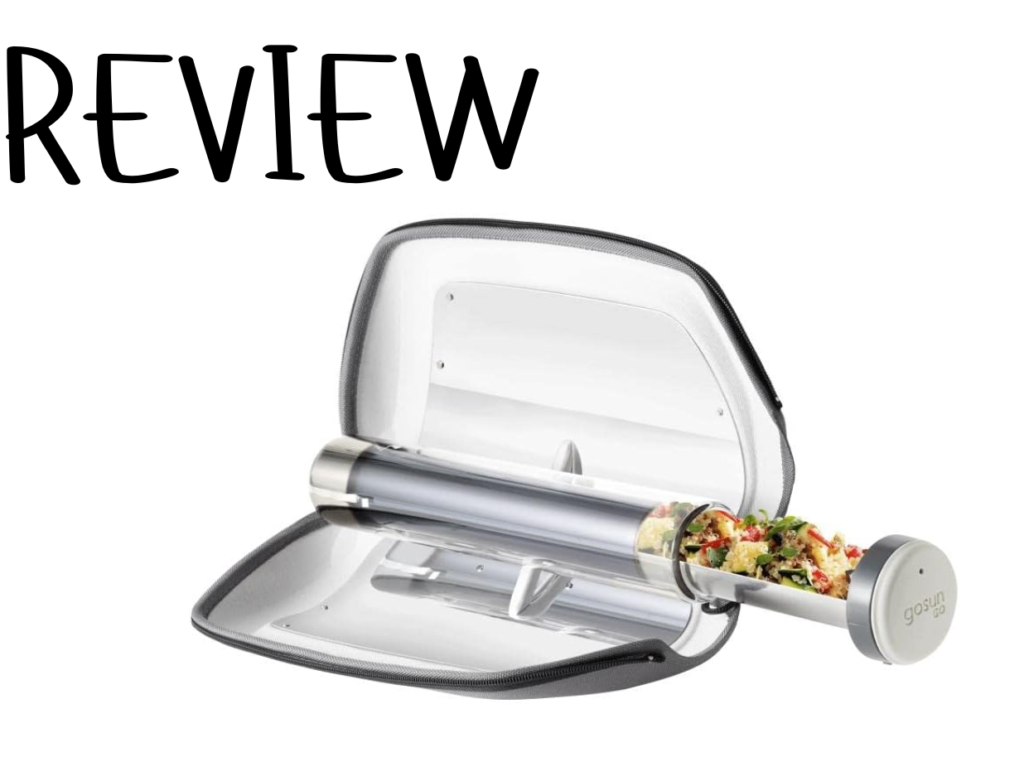Have you found yourself pondering the advantages of parabolic versus panel solar cookers? Solar cooking is not just an innovative, eco-friendly way of preparing meals; it’s also an adventure in sustainable living. It’s as if the sun itself is putting on a chef’s hat, donning an apron, and working its culinary magic. But which type of solar cooker is right for you? That’s the conundrum we’re here to unravel.
Understanding Solar Cookers
What are Solar Cookers?
Solar cookers harness the sun’s energy to heat and cook food. The principle behind this is simple: they collect and concentrate sunlight onto a cooking vessel. By using reflective surfaces, insulative materials, and strategic positioning, solar cookers make outdoor cooking an eco-friendly breeze. No fuel, no emissions—just the pure, renewable power of sunshine.
Why Choose Solar Cooking?
Embracing solar cooking means reducing your carbon footprint, saving on fuel costs, and enjoying delicious meals cooked naturally. It’s a win-win-win scenario. Whether you’re a backyard chef, a camper, or a sustainability enthusiast, solar cooking can elevate your culinary escapades while keeping Mother Earth happy.
Types of Solar Cookers: An Overview
When it comes to solar cooking, the market offers a variety of designs, but the two standouts are parabolic and panel solar cookers. Each has its own unique characteristics, advantages, and limitations. Let’s explore these in detail to help you navigate your way to the perfect solar cooking companion.
Parabolic Solar Cookers
Design and Mechanism
Parabolic solar cookers use a curved, reflective surface to concentrate sunlight onto a precise focal point. This design allows them to achieve higher temperatures compared to other solar cookers. Think of it as a magnifying glass focusing intensely on a single spot.
Advantages
- High Temperature: Due to their focusing ability, parabolic solar cookers can reach high temperatures (up to 500°F or 260°C). This makes them suitable for frying, baking, and boiling.
- Speed: The intense heat enables faster cooking times.
- Versatility: You can use them for a variety of cooking methods—grilling, baking, boiling—you name it.
Disadvantages
- Cost: Parabolic solar cookers tend to be more expensive due to their complex design.
- Complexity: Setting up and adjusting the cooker to track the sun can be tricky.
- Safety: The focal point gets extremely hot, posing a burn risk; plus, the intense reflection can be harsh on the eyes.
Panel Solar Cookers
Design and Mechanism
Panel solar cookers typically consist of flat, reflective panels arranged to direct sunlight toward a central cooking area. They are simpler in design compared to parabolic cookers and often involve a black cooking pot placed inside a transparent heat trap (like a plastic bag or glass cover).
Advantages
- Affordability: Generally less expensive than parabolic counterparts.
- Simplicity: Easier to set up and use; no need for constant adjustment.
- Safety: Lower risk of burns as they don’t reach extreme temperatures, and the reflected light is less intense.
Disadvantages
- Lower Temperature: Typically, panel cookers reach temperatures up to around 250°F (120°C), which limits their cooking capabilities.
- Slower Cooking: Due to lower temperature, cooking times are longer.
- Limited Versatility: Ideal for slow cooking methods like simmering and stewing rather than frying or baking.
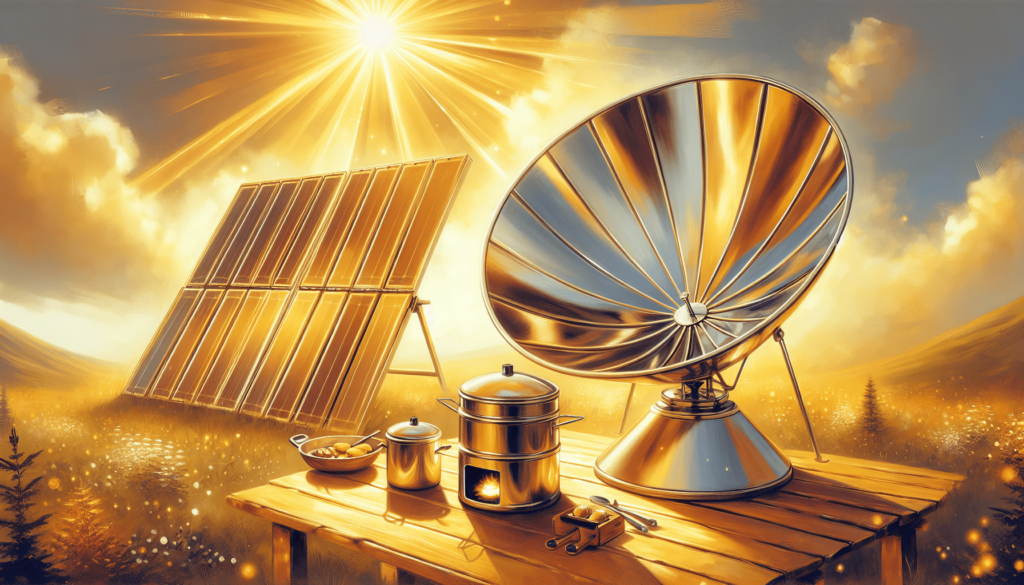
Parabolic vs. Panel: Head-to-Head Comparison
To aid in your decision-making, let’s see how parabolic and panel solar cookers stack up against each other in various aspects:
| Feature | Parabolic Solar Cookers | Panel Solar Cookers |
|---|---|---|
| Temperature | High (up to 500°F/260°C) | Moderate (up to 250°F/120°C) |
| Cooking Speed | Fast due to intense heat | Slower, suited for lower temp |
| Versatility | High—grilling, baking, boiling | Limited—slow cooking methods |
| Ease of Use | Complex, requires adjustments | Simple, minimal adjustment |
| Cost | Generally more expensive | More affordable |
| Safety | Higher risk of burns, eye damage | Safer, lower burn risk |
Practical Considerations
Cooking Preferences
Consider what types of dishes you primarily prepare. If you’re someone who loves to fry up a quick stir-fry or bake crispy pies, a parabolic cooker’s higher temperature and versatility might be more up your alley. On the other hand, if you enjoy slow-cooked stews or tender, simmered dishes, a panel cooker could be your best bet.
Usage Frequency
How often do you plan to use your solar cooker? If it’s a frequent activity, investing in a higher-end parabolic cooker might pay off in the long run. For occasional use or camping trips, an affordable and user-friendly panel cooker can be more practical.
Environmental Conditions
Do you live in an area with abundant sunshine or where the sun’s position changes rapidly? Parabolic cookers require precise adjustment to stay aligned with the sun, which can be a hassle if the sun’s position keeps changing due to the surroundings or the time of year. Panel cookers, being simpler, adapt more easily to varying sun positions.
Space and Portability
Consider your available space and the portability of the cooker. Parabolic cookers are often bulkier and require more space for setup and storage. Panel cookers, being lighter and foldable, are more portable and easier to store.
Budget
Your budget might be the ultimate deciding factor. Parabolic cookers, with their advanced design and higher performance, come with a heftier price tag. Panel cookers, while simpler, provide great value for the money, especially if you’re not looking for high-temperature cooking.
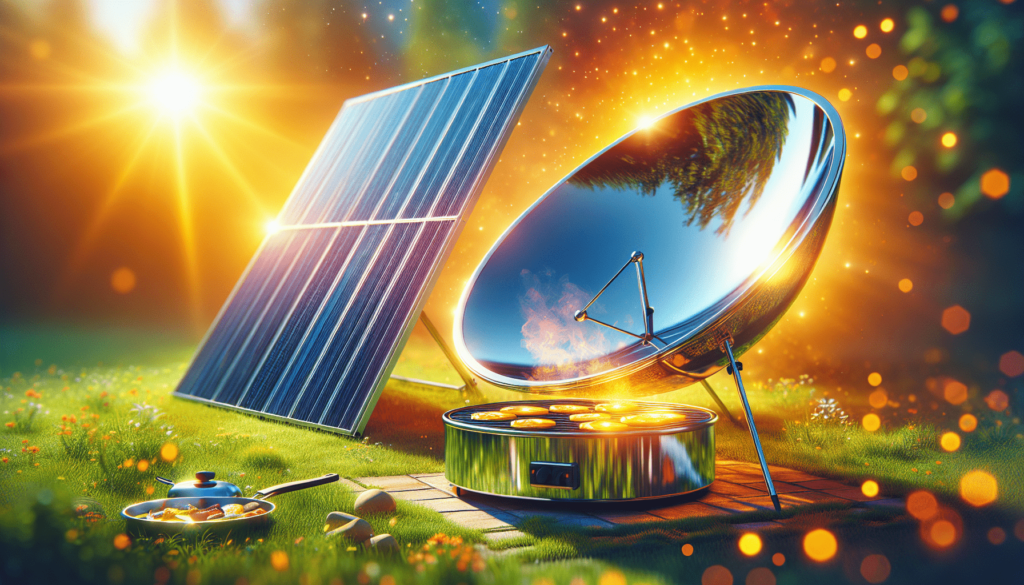
Maintenance and Longevity
Care and Maintenance for Parabolic Cookers
Regular Cleaning
Parabolic reflectors, with their shiny surfaces, need to be kept clean to maintain their efficiency. Dust, grease, or residue can diminish their reflective capability. A soft cloth and mild detergent usually do the trick for routine cleaning.
Inspect for Damage
The curved design elements need regular inspection for dents, scratches, or any wear and tear. Addressing minor damages promptly can prevent performance issues.
Sun Tracking Adjustment
Being diligent about adjusting the cooker to track the sun effectively is essential. Neglecting this can lead to inefficient cooking and longer preparation times.
Care and Maintenance for Panel Cookers
Simple Cleaning
Panel cookers, with their flat reflective surfaces, are generally easier to clean. Wiping them down with a damp cloth should suffice to keep them in top shape.
Check for Reflectivity
Occasionally inspect the reflective panels for any signs of dullness or damage. Keeping the panels reflective ensures optimal performance.
Minimal Adjustment
One of the joys of panel cookers is their simplicity. With minimal need for adjustment, they are practically maintenance-free once set up correctly.
Durability
Parabolic Cookers
Due to their complex build, parabolic cookers might require more attention for long-term durability. Proper storage, away from moisture and physical knockings, can enhance their lifespan.
Panel Cookers
Panel cookers, being more simplistic and less susceptible to minor damages, often prove more durable. Their foldable nature also makes them easy to store safely.
Sustainable Solar Cooking
Environmental Impact
Parabolic Solar Cookers
While the initial environmental impact might be higher due to materials and manufacturing processes, the high efficiency of parabolic cookers often offsets this over time. Their ability to reach higher temperatures quickly can mean less total energy used to cook a meal compared to traditional methods.
Panel Solar Cookers
Panel cookers, being simpler, often have a lower initial environmental footprint. They are typically made from readily available and recyclable materials. Though they cook slower, the energy used is minimal since it’s all solar.
Reducing Carbon Footprint
Both types of solar cookers significantly reduce your carbon footprint. They eliminate the need for fossil fuels, decrease greenhouse gas emissions, and promote a sustainable lifestyle. Choosing between them, in this context, is like choosing between two shades of green.
Promoting Sustainable Practices
By opting for solar cooking, you are contributing to a global movement towards renewable energy and sustainability. This practice not only saves resources but also spreads awareness about alternative energy solutions.
User Testimonials
Real-Life Insights
Parabolic Cooker Enthusiasts
Many users rave about the high-temperature capabilities of parabolic cookers. They appreciate the ability to cook diverse meals quickly. However, they also mention the learning curve involved in using and maintaining these cookers.
“I couldn’t believe how quickly I could fry an egg on my parabolic cooker! It’s become a staple in my outdoor cooking adventures, though I had a few misses with sun tracking initially.” – Sarah H.
Panel Cooker Fans
Panel cooker users often highlight the ease of use and minimal maintenance needs. They enjoy the laid-back, slow-cooking process and the simplicity of setup.
“My panel cooker is the perfect companion for camping trips. It’s easy to pack, set up, and the slow-cooked stews are always a hit. Plus, I love how safe it is to use around the kids.” – Tom M.
Expert Opinions
Renewable Energy Experts
Experts in renewable energy emphasize the importance of both types of solar cookers in different contexts. They suggest parabolic cookers for those who need higher temperatures and quick cooking times, while recommending panel cookers for their simplicity and safety.
“Both parabolic and panel solar cookers play crucial roles in promoting sustainable cooking practices. Your choice should depend on your specific needs and cooking style. For versatility and efficiency, parabolic cookers are unmatched, but panel cookers win on simplicity and affordability.” – Dr. Rebecca Green, Renewable Energy Specialist.
Making the Final Decision
Assessing Your Needs
Lifestyle and Cooking Habits
Evaluate how you cook and how a solar cooker will fit into your lifestyle. Are you an adventurous chef who loves experimenting with various cooking methods, or do you prefer straightforward, low-and-slow meals?
Environmental Considerations
Consider the specific environmental conditions of your location. Abundant sunlight might make high-temperature cooking with a parabolic cooker feasible, while variable conditions could favor the forgiving nature of a panel cooker.
Budget Constraints
Your budget will play a significant role. Higher upfront costs of parabolic cookers are often justified by their performance, whereas panel cookers provide cost-effective solutions with easy maintenance.
Testing and Experimenting
If possible, try before you buy. Many sustainability fairs and outdoor equipment stores offer demonstrations of both types of solar cookers. Seeing them in action can give you a clearer idea of what suits you best.
Long-Term Commitment
Remember, adopting solar cooking is not just about which cooker you purchase; it’s about embracing a sustainable lifestyle. Your choice should align with your long-term goals towards reducing your carbon footprint and promoting renewable energy.
Conclusion
Deciding between a parabolic and panel solar cooker is indeed a conundrum, but it’s a delightful one. Both have their merits and cater to different cooking styles, budgets, and environmental conditions. Whether you choose the high-performance, versatile parabolic cooker or the simple, user-friendly panel cooker, you are making a positive impact on the planet. Solar cooking harnesses the power of the sun, transforming everyday meals into a testament to sustainability and innovation. So, go ahead, pick your solar cooker, and let the sun be your guide in this radiant culinary journey.

